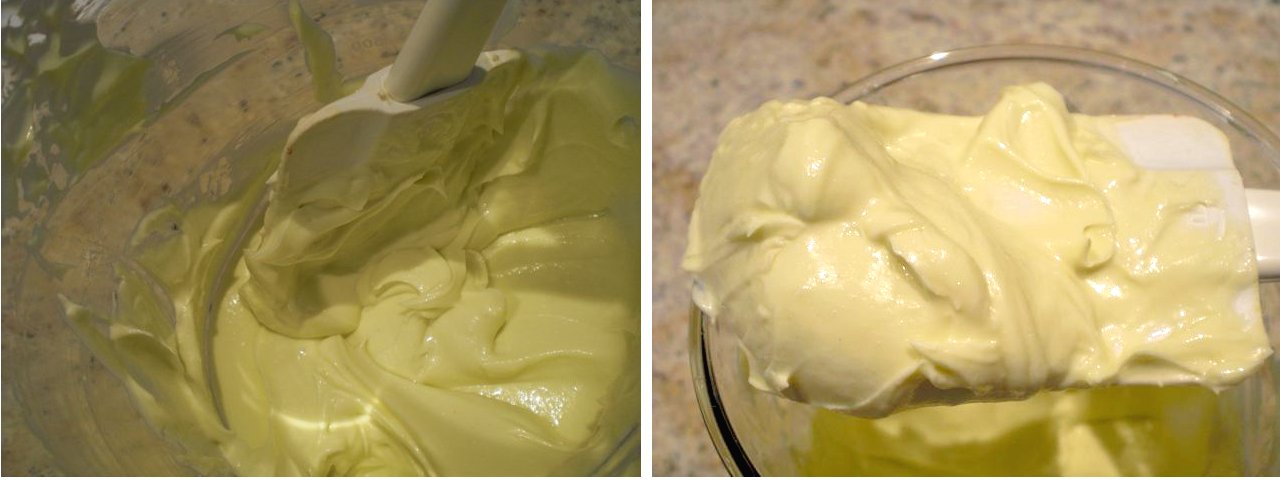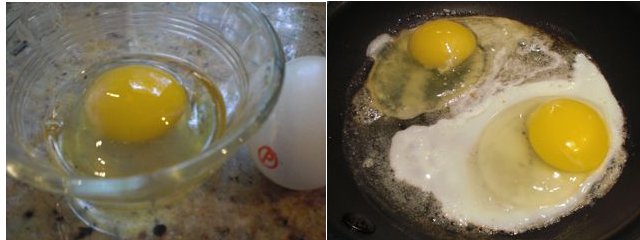The quality of tuna sashimi we can get from Japanese grocery stores in the U.S. is a far cry from what you can get in Japan from such places as "
depachika" デパ地下 or basement (Gourmet food) floors of Japanese department stores. Even in the U.S., New York, Los Angeles and San Francisco areas may be the only areas in which you may have better luck getting some decent sashimi items. Oh, I almost forgot San Diego, home of
Catalina Offshore Products. I have
posted a few dishes I make from low-grade frozen "saku" (a block for sashimi) of
yellowfin tuna. Although this is always available in our near-by Japanese grocery store
(the one which is still open), and I can keep it for couple of months in our freezer, it is not good---very lean with a mealy texture. Among the many techniques used to make this kind of sashimi more palatable is marinating in a mixture of soy sauce, sake and mirin, which is called "zuke" 漬け or づけ. Of course, you can use this technique for a good quality tuna as well if you so prefer. I often use this "zuke" technique for the tuna in my
Yamakake やまかけ mostly for the taste even when I have a descent quality tuna. If you marinate the tuna over night, the texture will change to a more "slimy" (this is not an appropriate word since it has a negative connotation for Westerners. The Japanese word will be "nettori" ねっとり, which does not have a negative connotation) texture. I do not particularly like this texture but some (Japanese) people love this. This time, I made this dish based on
the recipe I saw in the Asahi Newspaper Web and I kind of like it. It changes the texture but not to the point of sliminess and makes this low-quality tuna sashimi much more palatable.
Tuna block or "saku": First, I thaw one "saku" 柵 of frozen yellow fin tuna in the refrigerator overnight. I then do a "yubiki" 湯引き or "shimofuri" 霜降り process of plunging the tuna into boiling water for 5 seconds and then soaking it immediately in ice water for a few minutes until the tuna is ice cold again. Only the surface becomes white. This is similar to
"Tataki" たたき technique which involves brief grilling instead of boiling. I dry the surface with a paper towel after taking it out from the ice water. I slice it on a slant (slice about 50-60 degree, instead of 90 degrees, from the horizontal surface of the saku) to make a less than 1/2 inch (or about 1 cm) thick but larger slices as compared to ones you slice perpendicular to the saku.
Marinade: Mix sake (1 part), mirin (1 part), light colored or "usukuchi" soy sauce 薄口醤油 (1 part) and regualr or "koikuchi" soy sauce 濃口醤油 (2 parts) with dry roasted coarsely ground white sesame seeds (2 tbs) and the juice from grated ginger (1 tbs). Although white sesame seeds you get from a Japanese grocery store are already roasted, I roast them again in a dry frying pan for 5 minutes or until the sesame seeds become fragrant and just start popping. I coarsely grind them in a "suribachi" すり鉢 or a Japanese mortar. This step is really worth the effort. You should smell a nice fragrance of sesame.
Marination: In a flat sealable container, I put the marinade and the tuna slices in one layer so that all the surface of the tuna is covered with the marinade. I let it marinate at room temperature for 10 minutes and then for 2 hours in the refrigerator. The timing is rather important since the taste and texture (especially the texture) will change depending on the length of the marination. I found two hours to be perfect.
I serve this like sashimi with a Chiffonade of perilla leaves, chopped chives and thin slices of the white part of scallion (or whatever fresh herbs you like to use) with a dab of
real wasabi. I think the timing of the marination, addition of sesame seeds, and ginger juice all work. Mixing light (colored) and regular soy sauce made the color of tuna sashimi darken to just the right color and make this low-grade sashimi taste and look like much better quality tuna sashimi. It tasted very good with a scant smear of wasabi. Only problem I had was that it tasted a bit too salty for me and I may reduce the proportion of soy sauce next time (my wife thought it was just fine). You could make a donburi どんぶり by placing the marinated tuna sashimi on (sushi) rice. This is indeed a great way to upgrade a low-quality tuna sashimi.




